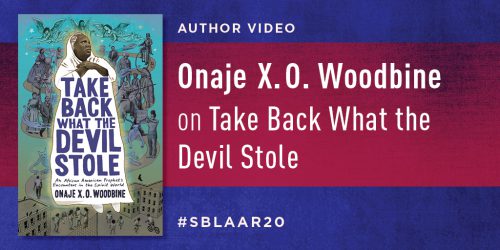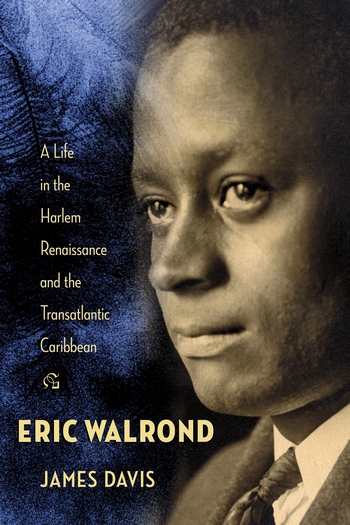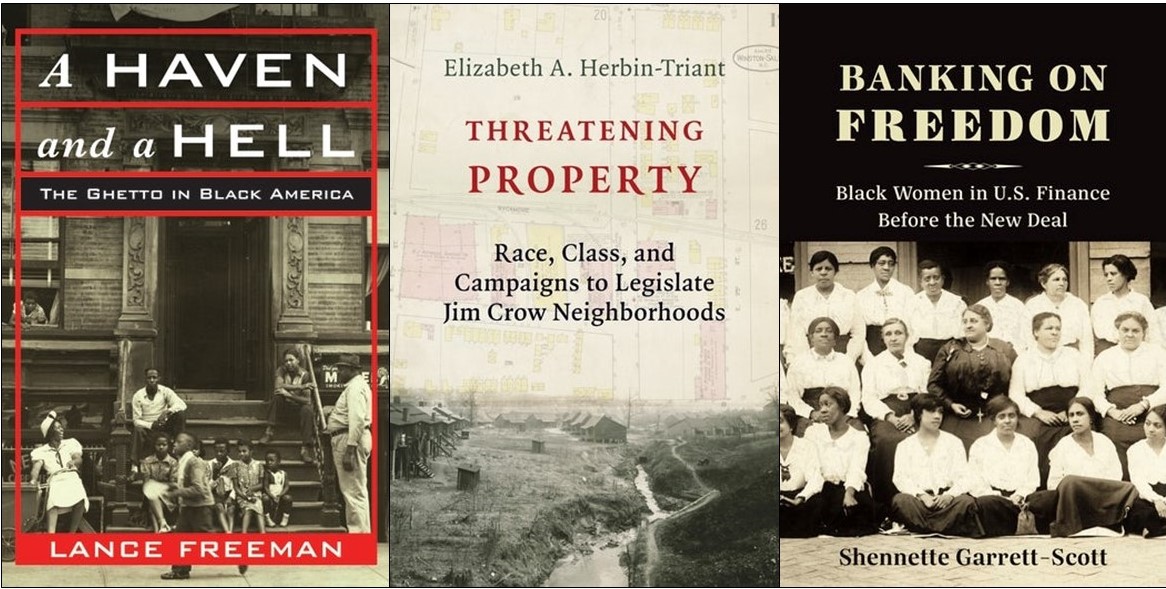The N-Word, Again: Bénédicte Boisseron on Afro-Dog Blackness and the Animal Question

“Dazzling in its reach and groundbreaking in its methodology, Afro-Dogredraws the contours of intellectual inquiry with dogs at the lead. Boisseron aims to rethink the hyper-legality of racism and the practice of inequality in ways that are radical and far-reaching.”
~ Colin Dayan, author of With Dogs at the Edge of Life
This week we’re featuring Afro-Dog: Blackness and the Animal Question. Today we have an engaging guest post by the book’s author Bénédicte Boisseron, in which she discusses intersectionality and the black analogy in the feminist movement as well as in animal rights activism.
Take advantage of the opportunity to get your hands on this book for FREE by entering this week’s book giveaway!
• • • • • •
When, on October third, Bette Midler tweeted “Women are the N-Word of the World” as an emotional response to the FBI’s (deemed too brief) investigation of Professor Christine Blasey Ford’s claim of sexual assault by Supreme Court nominee Brett Kavanaugh, the actress/singer received massive backlash over her alleged racial insensitivity. Politician and activist Rosa. E. Clemente tweeted back at Midler, “To use this saying which has been deconstructed and deemed offensive to African-Americans in this country shows lack of knowledge on issues of race and the concept of intersectionality.” Midler would later apologize on twitter but the question remains: Would the knowledge of the concept of intersectionality have prevented Midler—as Clemente suggests—from slipping into troubled waters?
“The very fact that mainstream feminism was seen as defacto white in America is what urged the creation of black feminist concepts like intersectionality and womanism in the first place.”
Midler drawing a connection between a slavery-based anti-black racism and the condition of women in modern America is not new. A year ago, after a distasteful joke by comedian James Corden about Harvey Weinstein, #metoo movement advocate and Hollywood actress Rose McGowan tweeted, “THIS IS RICH FAMOUS HOLLYWOOD WHITE MALE IN ACTION. REPLACE THE WORD ‘WOMEN’ w/ the ‘N’ word. How does it feel?” (October 15, 2017). McGowan later apologized for her lapse of judgement, but her words are drawn with a permanent marker on cyberspace. In a similar vein, Midler’s tweet brings to mind the highly controversial image of the pink pussyhat (emblematic of the white cisgendered woman) put on the head of the statue of former slave and abolitionist Harriet Tubman during the Women’s March in January 2018. Since the inception of the #metoo movement a year ago, various Hollywood—mainly white—celebrities have used their platform to raise awareness about the systemic culture of sexual assault against women in America, including Alyssa Milano (Kavanaugh), Rose McGowan, and Asia Argento (Weinstein). But the very fact that mainstream feminism was seen as defacto white in America is what urged the creation of black feminist concepts like intersectionality and womanism in the first place. Now to see feminists compulsively drawn to the black analogy makes mainstream feminism appear even more exclusive by being racially out of touch. Scholar Frank B. Wilderson once said, “the violence that turns the African into a thing is without analog. This is why it makes little sense to attempt analogy.” Yet, they keep making attempts, and apologizing for it.
“Now to see feminists compulsively drawn to the black analogy makes mainstream feminism appear even more exclusive by being racially out of touch.”
When, back in the early 1970s, Yoko Ono told John Lennon “Woman is the N-Word of the World,” which prompted Lennon to make a song out of the aphorism, the word ‘intersectionality’ did not exist. Kimberlé Crenshaw coined the word in 1989 as a reference to the unique multiply disadvantaged condition of black women who are discriminated against on both the basis of race and gender. Two years later, in 1991, the concept of intersectionality would take center stage on the political scene as Anita Hill testified in front of the Senate Judiciary committee after accusing Supreme Court nominee Clarence Thomas of sexual misconduct. As we know, Anita Hill and Christine Blasey Ford found themselves in similar circumstances; they single-handedly had to carry the burden of proof of their allegations in front of the Senate Judiciary Committee. The question of race, though, sets them apart. Hill and Thomas are African-American. As Crenshaw would argue in 1992, Hill as a black woman fell into the cracks of categories. She was alternatively de-raced and hyper-racialized by the system, yet never given justice for being conjointly woman and black. When Thomas played the race card with his infamous “high-tech lynching” comment, the Supreme court nominee erased Hill’s blackness, imposing on her the historically familiar role of the devious white woman falsely accusing a black man of sexual misconduct. But Hill was in turn hyper-racialized when African-American Harvard professor Orlando Patterson in a New York Times op-ed (October 20th, 1991) deemed Thomas’ alleged sexual behavior a “down home style of courting,” hereby suggesting, as Crenshaw argued, that Thomas’ sexual bantering was part of the African-American culture and therefore not that offensive for a black woman. To put it simply, Hill’s outrage sounded too white for her black skin. Hill could not get it right on either side of the aisles. As a woman and a Black, she was truly the N-word of the world.
“Why repeatedly go there? Why the unavoidable black analogy.”
Midler’s tweet reminds me of the reason why I wrote Afro-Dog: Blackness and the Animal Question in the first place. A new take on intersectionality today has once again de-raced and hyper-racialized the concept. Intersectionality has become a buzz word in the field of animal studies and animal rights activism; it is routinely used outside of a black woman context (de-raced) and for the purpose of comparing exploited animals with black slaves (hyper-racialized through animalization). The fast-growing interest in human-animal relationships across the humanities and social sciences has triggered an explosion of publications, debates, and campaigns, some of which focused on this new form of intersectionality. Peter Singer popularized the word ‘speciesism’ in 1975, which he defines as “by analogy to racism and sexism…a prejudice or attitude of bias” toward animals on the grounds of them being from a different, non-human, species. Through the concept of speciesism, the analogy between black slavery and the modern exploitation of animals has become a natural route for scholars and activists as a way to make a case for animal rights. This anti-speciesist intersectionality consists in looking at entangled forms of oppression—human and non-human, black and animal. Legal scholar Gary Francione’s so-called “abolitionist approach” to animal rights and PETA’s 2005 fundraising exhibit “Are Animals the New Slaves?” exhibit, are two well-known examples of black/animal analogies. Also, Marjorie Spiegel, in The Dreaded Comparison: Human and Animal Slavery, pushed the analogizing envelope very far by putting side by side pictures of exploited black bodies and animals, including lynched black men next to slaughtered animals hanging on a rope and shackled slaves next to shackled circus elephants. In Midler’s tweet, the Black is what Carol J. Adams would call the “absent referent.” The black subject is suggested but invisible, unaccounted for. In Spiegel’s book, on the other hand, the black body is very much visible. But in both cases, the black analogy is equally opportunistic. Why repeatedly go there? Why the unavoidable black analogy?
Spiegel published her book in 1989, the very year that the concept of intersectionality was introduced. Because of the raw visuals used in the book, we know that Spiegel wrote the manuscript with a precise idea of the violence that turns the African into a thing. Womanist Alice Walker wrote the preface to Spiegel’s book, which ultimately gives credibility to the author’s analogizing approach. What the animal question shows us is that knowing about “issues of race” or “intersectionality,” as Clemente phrases it, does not necessarily mute the analogizer. On the contrary, in Spiegel’s case, the analogizer was knowledgeable enough to invite the black woman to preface her analogy—unapologetically.






